Smart Birdhouse
Teaching urban ecology through hands-on technology: 8-week curriculum for designing sensor-enabled birdhouses
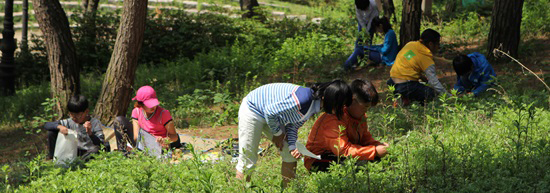
Summary
Urban development in Seoul has dramatically reduced natural habitats, displacing bird populations and disconnecting children from nature. While elementary science curricula include environmental education, most lessons remain abstract and classroom-bound—students learn about ecosystems from textbooks without experiencing them firsthand.
Our team at ID Lab identified an opportunity: What if we could teach environmental science through hands-on technology projects that allow students to become active participants in urban ecology?
The challenge was designing an educational program that would:
- Make environmental issues tangible and personally relevant to 8-10 year olds
- Integrate seamlessly with existing school curricula (to encourage adoption)
- Introduce basic technology concepts in an accessible, non-intimidating way
- Create lasting behavior change beyond the classroom
Materials

We introduced the Smart Birdhouse teaching kit — students learned electric circuits and input/output concepts in science class, designed and crafted the birdhouse structure using cardboard and decorative materials in art class, then applied division and graphing skills from math class to analyze bird visit data.
Methods
- Mockup testing and interactive prototyping
- Qualitative: field observation, diary study, group interview
- Quantitiative: questionnares and post-experimental surveys
- SPSS analysis (T-test)
role
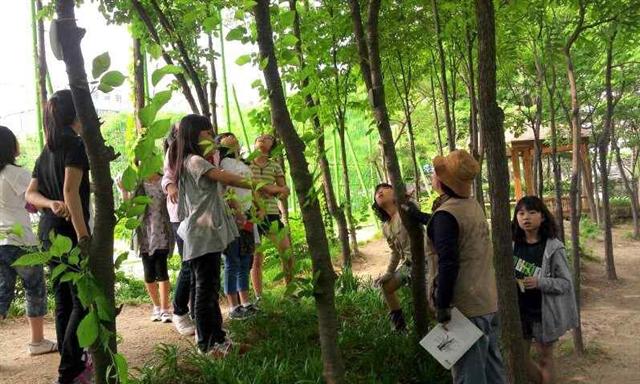
- Designed and conducted an 8-week field study with 34 students, combining diary studies, weekly classroom observations, and group interviews to understand engagement patterns and learning barriers
- Developed interactive prototypes and electronic sensors to test technical feasibility and identify usability issues before implementation
- Created pre/post survey instruments measuring environmental awareness, technology confidence, and collaborative learning behaviors
- Performed statistical analysis using SPSS (paired t-tests) to validate learning outcomes and identify significant changes in student attitudes
- Collaborated with curriculum designers and elementary teachers to ensure program alignment with Science, Math, and Art standards for 3rd-4th grade
I employed a mixed-methods approach combining qualitative immersion (to understand the "why" behind behaviors) with quantitative validation (to measure impact at scale). This was essential because children often struggle to articulate their learning experiences—observation and behavioral evidence proved more reliable than self-reported data alone.
Procedure
Developing curriculum
One-semester long curriculum and 8-week pilot program was developed based on the contents from the four regular subjects(Science I and II, Math, Art). We reviewed 3rd and 4th grade curriculums including textbooks and teaching material from 5 different publishers with elementary school teachers.
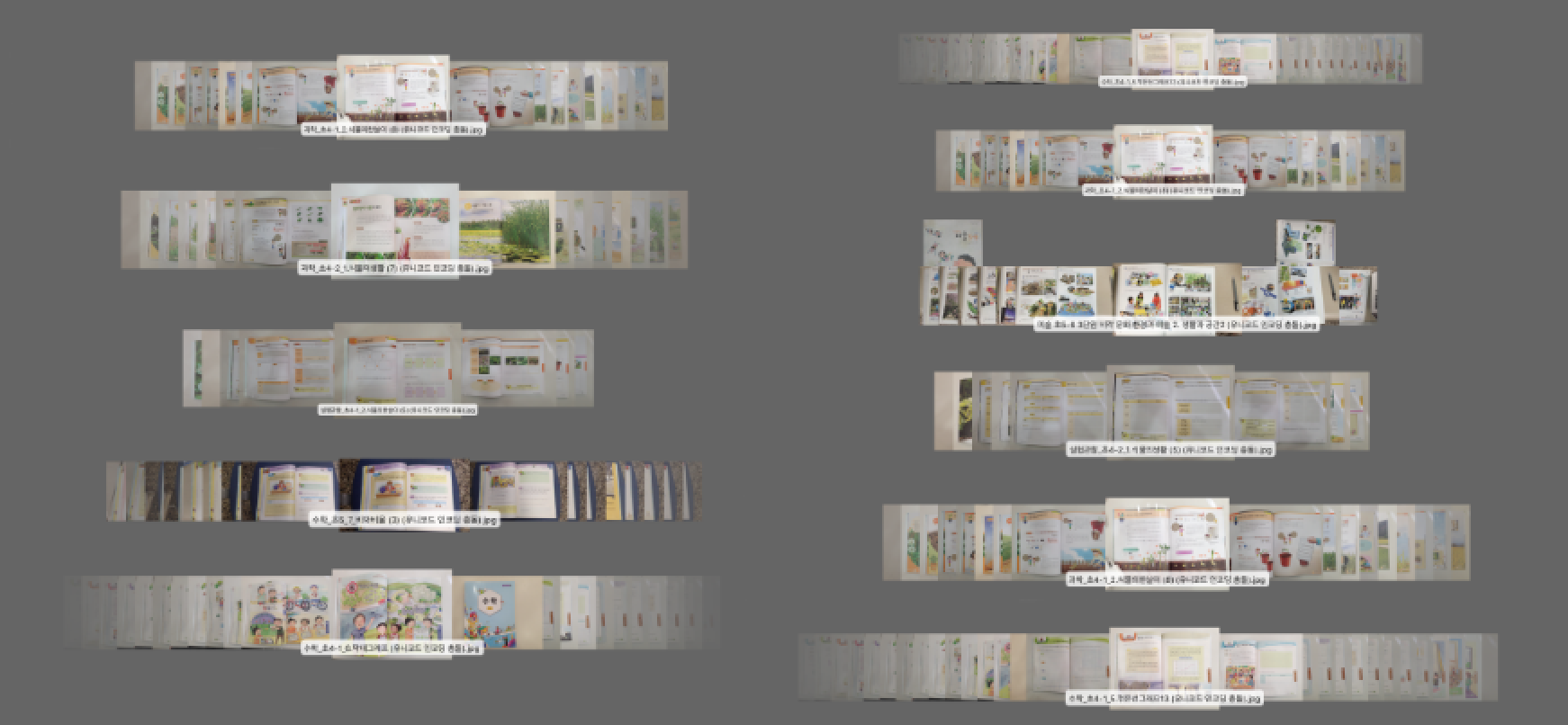
Creating mockup and testing interactive prototytpe:
I developed interactive prototypes using cardboards with circuit boards, electronic sensors and modules.
Field study
Week 1-2:
Students learned about urban environmental challenges through videos and discussions, exploring how city development affects bird populations and habitat availability.
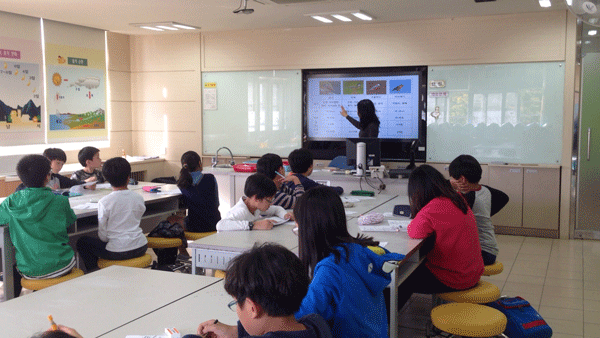
Week 3-5:
Students designed and constructed their birdhouses using cardboard, craft materials, and electronic components. Building on electric circuit concepts from science class, they connected light sensors (input) to the CPU and FND display (output), applying if/then conditional logic learned earlier. They troubleshot sensor placement and circuit connections through trial and error.

Week 6-7:
Students installed birdhouses around campus and began tracking bird visits through daily sensor readings and observation diaries. We also installed one traditional birdhouse (without sensors) as a control comparison.
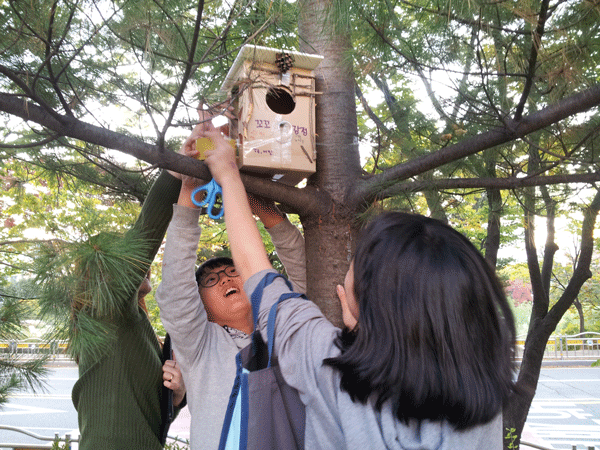
Week 8:
Students presented their findings to classmates and teachers, comparing visit patterns across different birdhouse locations and discussing what they learned about creating bird-friendly environments.
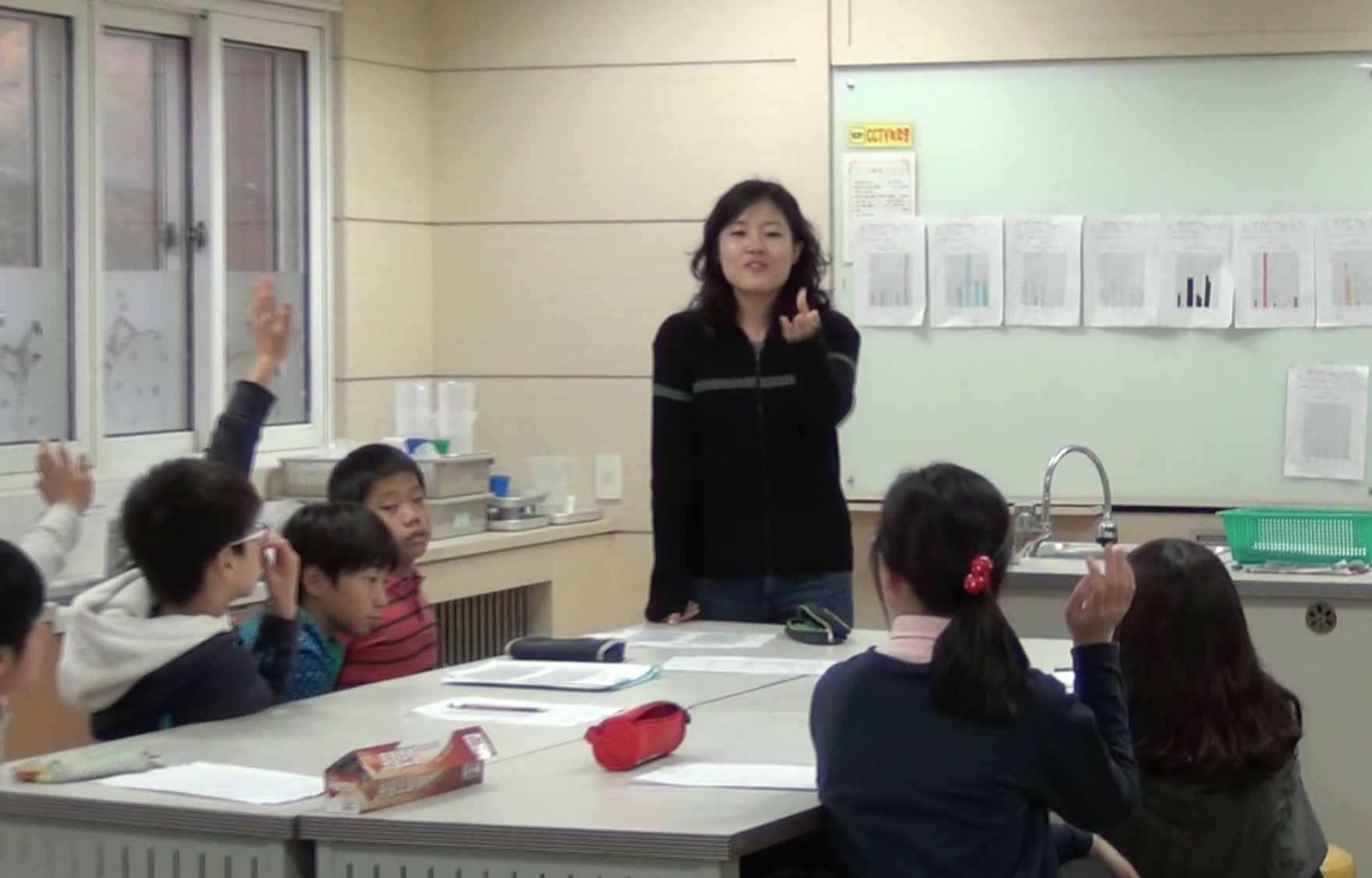
Results
Beyond measuring satisfaction, my research uncovered specific behavioral patterns and design implications for technology-enabled environmental education:
Quantifiable data dramatically increased engagement duration
Students spent 2.7x longer observing birdhouses with sensors (average 12 minutes per recess) compared to the control birdhouse (4 minutes). The ability to collect "official" numerical data made outdoor observation feel purposeful rather than passive. This suggests gamification through measurement—not points or badges—drives intrinsic motivation in this age group.
Curriculum alignment was the primary teacher adoption driver, not innovation
In teacher interviews, 100% (2/2) cited "alignment with existing textbook chapters" as the most important program feature. Teachers are constrained by standardized curricula and hesitant to adopt programs requiring extra preparation. Design implication: Educational technology must fit within existing workflows, not replace them.
Ownership transformed students from observers to stewards
Students referred to birdhouses using possessive language ("my birdhouse," "our birds") and voluntarily checked sensor readings during free time. Three students even requested to take their birdhouses home after the program ended. This sense of ownership—built through the design and assembly process—appears critical for lasting environmental awareness.
Technical complexity needed careful scaffolding
Initial prototypes assumed students could follow written assembly instructions. Observations revealed that 65% of students struggled with wire connections and sensor orientation until we introduced color-coded components and peer mentoring. This informed our final instruction design, which relied heavily on visual diagrams and buddy systems.
Outdoor, hands-on activities amplified collaborative learning
Group interview data showed students valued "working together outside" as their favorite program aspect (mentioned by 29/34 students unprompted). Teacher observations confirmed that students who rarely participated in classroom discussions took leadership roles during outdoor installation. Context matters: physical making in non-traditional spaces may lower social barriers for some learners.
Beyond immediate program outcomes, we observed sustained behavioral changes that extended outside the structured curriculum. Nine students reported continuing to observe birds during weekends, and five students asked their parents to install birdhouses at home. Teachers noted increased volunteerism for outdoor cleanup activities in the weeks following the program, suggesting the experience fostered genuine environmental stewardship rather than temporary engagement.
Both participating teachers expressed strong interest in continuing the program in future semesters, citing two primary factors: the program's alignment with existing curriculum standards meant minimal additional preparation time, and the visible student enthusiasm made the extra effort worthwhile. Since program content followed the natural progression of textbook chapters across Science, Math, and Art, teachers could reinforce regular classroom lessons while offering enriching hands-on experiences.
Publication
Baek, Chaehyun, et al. "Application of Intelligent Product Design on STEAM Education." HAI '15: Proceedings of the 3rd International Conference on Human-Agent Interaction, 2015, pp. 249-250, https://doi.org/10.1145/2814940.2814988.